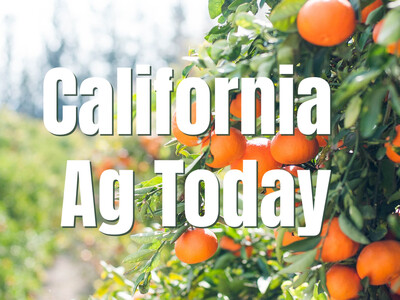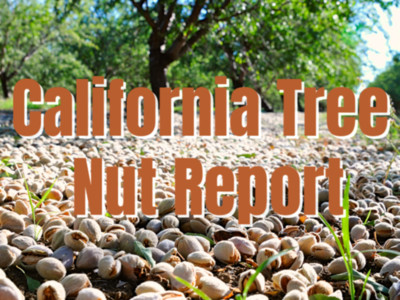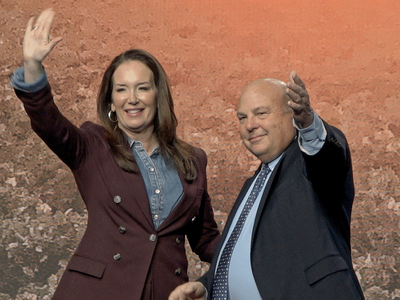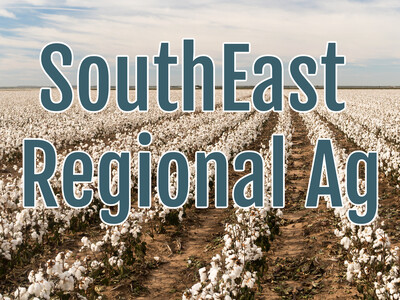Urging Wolf Kill & EPA Tailoring Rule
Urging Wolf Kill & EPA Tailoring Rule plus Food Forethought. I’m Greg Martin with today’s Northwest Report.
A just released study estimates the economic impact of the EPA’s Greenhouse Gas Tailoring Rule - which will regulate greenhouse gas emitters from a variety of sources - including woody biomass production. Dr. Brooks Mendell, the lead study author, describes the findings.
MENDELL: The Greenhouse Gas Tailoring Rule is the EPA’s proposal to regulate greenhouse gas emissions but the rules plan to go into effect January 2011. It includes the emissions of carbon from biomass energy sources which are traditionally considered carbon neutral but it groups them along with emissions from fossil fuels like coal. So the result of this is that the Tailoring Rule deters the development of reneable energy projects associated with woody biomass.
A failed Idaho gubernatorial candidate has told a crowd they should take matters into their own and start killing wolves. Rex Rammell spoke to a crowd of more than 100 last Wednesday in Idaho County, one of the only counties to support his primary bid against Republican Gov. Butch Otter. Rammell says county commissioners should declare an emergency that allows citizens to kill wolves on sight. But, he adds, residents should organize a hunt and start killing wolves anyway even if no such order comes. He says he does not believe the sheriff, the state or federal authorities would interfere.
Now with today’s Food Forethought, here’s Lacy Gray.
So, vertical farming, is it a science fiction “pie in the sky”, or a just around the corner reality? Well, just how does vertical farming stack up, so to speak? Obviously, the technology needed to farm straight up already exists. We’ve been growing plants indoors in abundant quantities through the luxury of glass greenhouses for more than a century, and hydroponics, the method of growing plants in water using mineral nutrient solutions, also around for centuries, has proven that soil itself is not necessary for plant growth. Even with all this to back it up, is vertical farming financially feasible any time soon? That all depends on whether you live in the “Rockefellers’ neighborhood” or “Mr. Roger’s neighborhood”. The experts themselves admit the cost of research and development of towering vertical farms to grow the amount of crops needed to feed the population on a global scale would be well beyond the hundreds of millions of dollars range. So for now at least, like good ol’ Joe Hill would say, vertical farming remains a “pie in the sky”.
Thanks Lacy. That’s today’s Northwest Report. I’m Greg Martin on the Ag Information Network.














